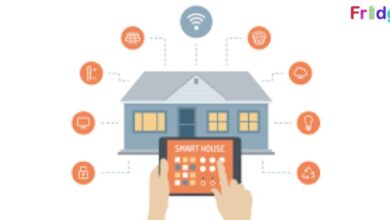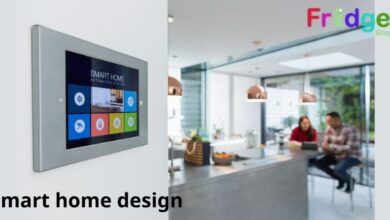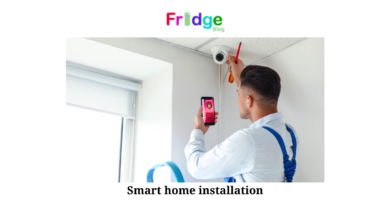Transform Your Home with Smart Home Sensors: Enhance Security and Efficiency
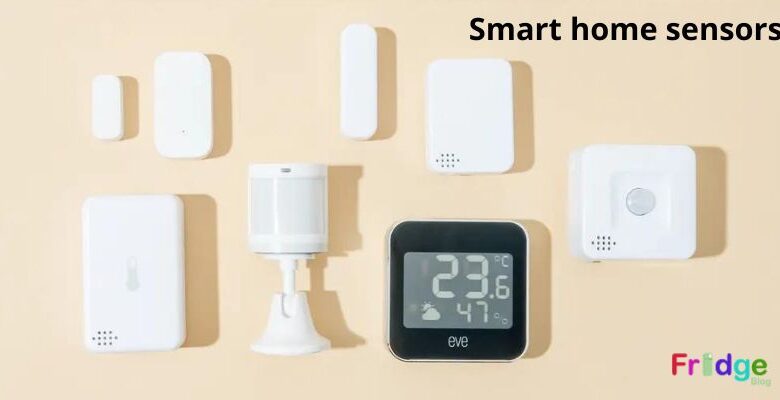
These Smart home sensors may pick up on specific behaviors like movement, temperature changes, or door openings and closings when they are positioned around a living area. Then, instantly and without requiring any effort or direct directions from you, they instruct other smart devices—smart lights, plugs, speakers, thermostats, and so on—on how to respond. Some are single-taskers, whereas others can detect many activities. Install one and you might be able to remedy a single issue; add more and you’ll soon have a Smart home sensors that runs itself.
Installing a motion sensor at the top of a staircase could allow you to program it to turn on a light downstairs anytime someone passes by at night using an app. You could program it so that it adjusts the thermostat in the morning and then begins playing music when you down the stairs if you want to take it a step further. When an Airbnb guest comes or if the rear door has been left open at night, a contact sensor on an external door may inform you.
And if it gets too hot, cold, humid, or dry, a temperature Smart home sensors in a child’s room (or a chicken coop) may notify you and, if you’d like, adjust a fan or the thermostat automatically. According to Mitch Klein, executive director of the Smart home sensors technology organization Z-Wave Alliance, “you need sensors to get a smart home.
“For the sake of this guide, we evaluated a small number of Smart home sensors that work with the three most well-liked DIY Smart home sensors platforms: Apple HomeKit, Samsung SmartThings, and Amazon Alexa.
Google Home, despite its popularity, has not yet provided useful support for smart sensors. These systems, which are frequently referred to as “platforms,” are run by separate apps and are crucial because they enable you to link your smart sensors to other smart devices and then alter how they interact. fridgeblog.com will provide some of information for you in this post.
Post Contents
1. Temperature Sensors & Smart Thermostats
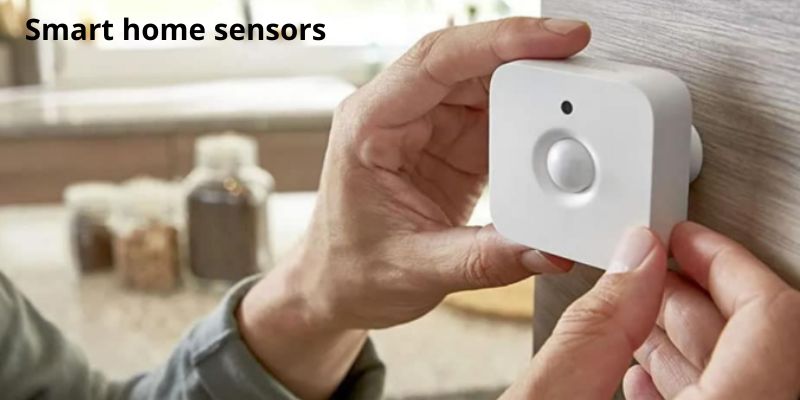
Smart thermostat adjustments are suggested based on continuous temperature measurements made by Smart home sensors temperature sensors. When you’re not home, smart thermostats can automatically lower the temperature in the winter and raise it again just before you arrive home. Some smart thermostats may even change the temperature in a specific room according to the activity taking place there right now. Energy savings and stable comfort levels may be made possible by these innovative features.
2. Light Sensors
When you forget to turn off the light switch, light-sensing smart gadgets can do it for you, and smart bulbs allow you to program lighting schedules. Therefore, a light sensor will switch off the basement light even if you forget to.
You may program smart bulb timers to turn on and off while you’re away to create the appearance that someone is Smart home sensors. Or, you may use your smartphone to manually control them. Additionally, you may program them to be brighter at night and dimmer during the day. You might reduce your annual energy use by using these settings.
3. Motion Sensors
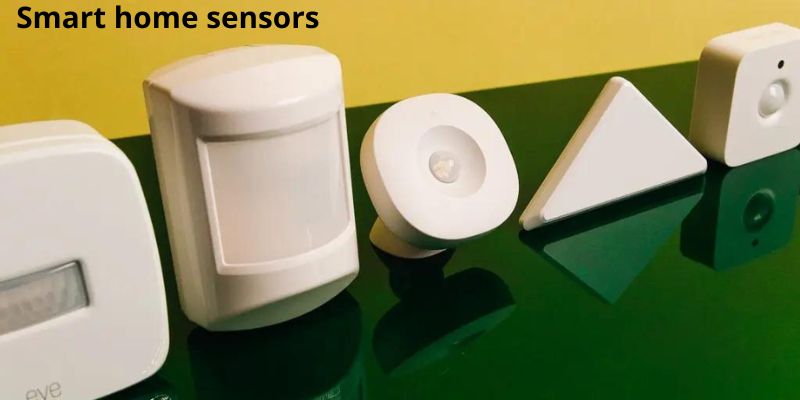
An alert is sent to your phone or other devices, such as cameras, lights, or alarms, when a motion sensor detects activity. Motion sensors can be used in conjunction with other technologies to address a number of issues. Use a motion detector to alert you if there is any movement by your swimming pool for safety.
This can safeguard nearby young children who are playing with toys. Alternately, you might attach a motion sensor to a smart security camera at your door to alert you to any movement. This is a fantastic technique to keep track of package deliveries and aid in the capture of burglars.
4. Water Leak/Freeze Sensors
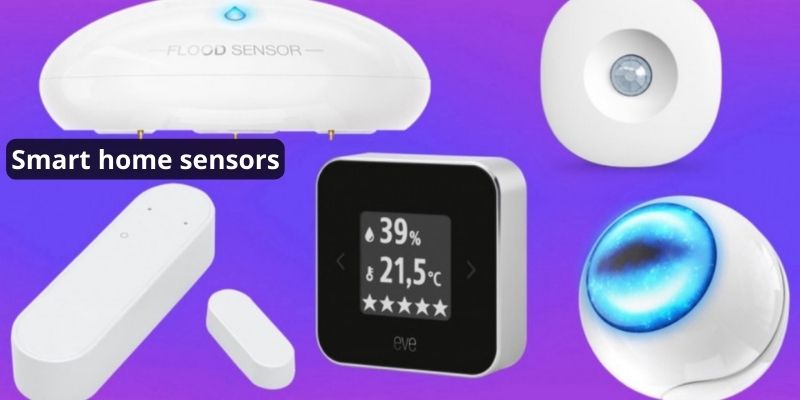
You may reduce your repair costs by using water leak detectors. Water leaks are a problem in vulnerable places of the home, so wise homeowners utilize leak detectors there. Place them, for instance, close to your hot water heater, underneath your sink, or near any exposed water pipes.
When a water sensor warns you to leaky pipes and appliances, you can either head Smart home sensors right away to fix the issue or call a plumber right away to prevent further, more expensive damage. Installing an automatic shut-off valve is an alternative. It receives alerts from leak sensors and can cut off the water supply to your property when a leak is found. If you’re not nearby, this can also save you time and money-wasting damage.
5. Window and Door Sensors
Another essential sensor that can help you conserve energy and be safe are alerts for open windows and doors. If the garage door hasn’t been closed, a smart garage door opener will alert you. If a window is opened or broken, smart window locks will alert you and sound an alarm. When you connect door sensors to smart lighting, which can turn the lights on and off when someone enters or exits a room, you can also conserve energy.
Conclusion: So above is the Transform Your Home with Smart Home Sensors: Enhance Security and Efficiency article. Hopefully with this article you can help you in life, always follow and read our good articles on the website: Refrigerator- side by side Refrigerator -Appliances Kitchen Review Blog
